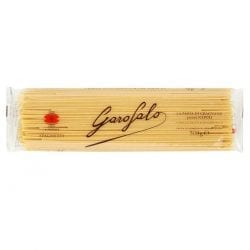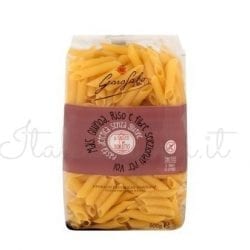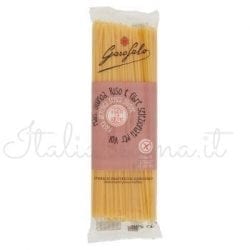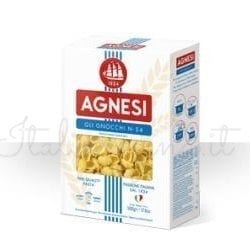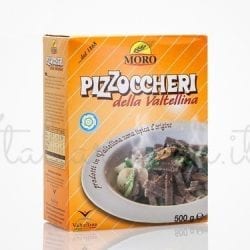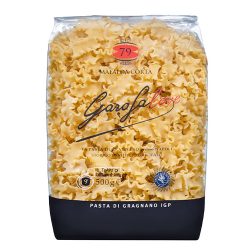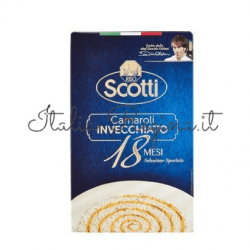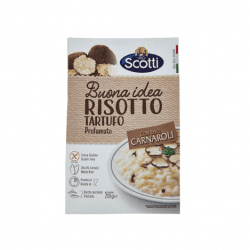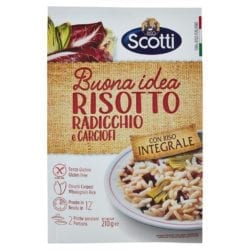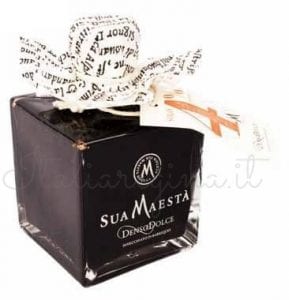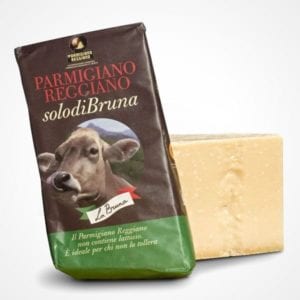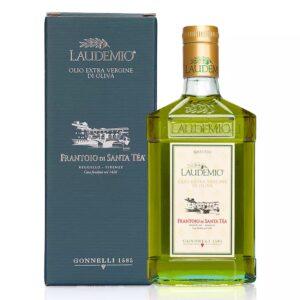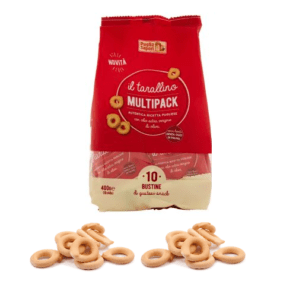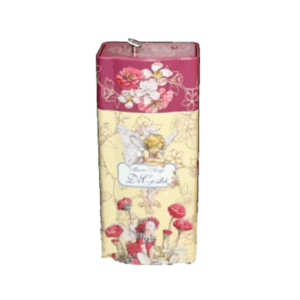Trofie Pasta is a type of pasta that The Ligurian trofie are a particular type of pasta of Ligurian cuisine, characterized by an elongated, intertwined and thin shape, believed to originate from Sori, in the province of Genoa. In Ligurian the term trofie indicates “gnocchi”. The shape of the pasta is given by the peculiar curled character in the shape of a carpenter’s shavings, called risso da banché. The shape and the rather small size of a trophy are important factors for its organoleptic qualities and for defining its actual quality. Their shape is unmistakable, what is locally called “intursoeia” is the characteristic twisting of the central part that ends with two tapered appendages. Any aspect of this type of pasta represents a point of considerable importance. For example, the name that could derive from the Genoese strufuggià, or rub, from the movement necessary to curl them with the hand that swipes the dough on the surface. According to a learned interpretation, trofia could derive from the Greek trophe which means nourishment. In Greek it is more likely the derivation from trépho which is going to turn, twist, with the meaning of twist.
History
The long history of the trophies originates in the territory overlooking the Golfo Paradiso, between the municipalities of Sori, Avegno, Recco and Camogli. The origins of the Ligurian trofie are very ancient, it is said that they were prepared for the first time on the eastern coast at the time of the Crusades. In the past, before pasta was industrially prepared, it was Ligurian women who lovingly kneaded every day in their kitchens. To obtain the typical curled and elongated shape, they used a kind of wooden knitting needle, around which they rolled the previously prepared filament of dough. Everything was then crushed with the palm of the hand, so as to give the slightly irregular shape typical of trofie. Until about fifty years ago, some traders in the area decided to extend their trade also to Genoa, where the term “trofie” had always and only indicated gnocchi. The success was almost unexpected and the spread quite fast.
At the beginning it seems that those who wanted to sell the trofie to the public went from house to house to find their own product prepared by the hands of the many women of the village who knead daily with love and care.
The commercial success, however, was so great that it was necessary to develop a machine capable of reproducing them in a short time.
The problem was to come up with a product very similar to that made by hand by the expert local women, which represented a real challenge at the time.
The extraordinary rise of the Recchese restaurant certainly contributed to determining the fortune of the trophies.
Especially in the post-war period, following the reconstruction of the town destroyed by bombing, Recco became the gastronomic capital of the Riviera di Levante, so much so that for many the trofie acquired the name of trofiette di Recco.
The production in dry form has contributed to the most recent worldwide diffusion of trophies, allowing them to be transportable anywhere and can be stored for a long time.
Moreover, the extraordinary success that Genoese pesto has achieved in recent decades has also dragged that of trofie as an ideal pasta format to combine with Ligurian sauce.
In the end the trofie with pesto, perhaps with potatoes and, if in season, green beans, are perhaps the best known and most appreciated Ligurian dish in the world.
And to think that in Genoa, for centuries and still today, trofie are just a way of saying to identify the traditional gnocchi.
Taste Italian Prosciutto: Buy Now!
-
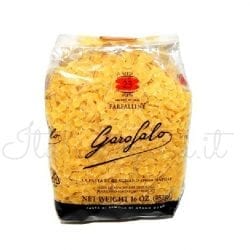
Italian Pasta Farfalline – Garofalo
€1.50 -

Italian Pasta Spaghetti – Garofalo
€2.40 -

Italian Pasta Gluten Penne – Garofalo
€0.00 -

Italian Pasta Gluten Free Linguine – Garofalo
€3.00 -

Italian Pasta Gnocchi – Agnesi
€2.00 -

Italian Pizzoccheri Pasta
€2.54 -

Italian Pasta (Ricciutelle) – Agnesi
€2.00 -

Italian Rice Carnaroli 18 months aged
€11.00 -

Italian Risotto Dry Truffle
€3.50 -

Italian Risotto Dry Milanese with Saffron
€3.40 -

Italian Rice Pumpkin, Asparagus and Quinoa
€3.50 -

Italian Risotto Radicchio and Artichokes
€3.40

